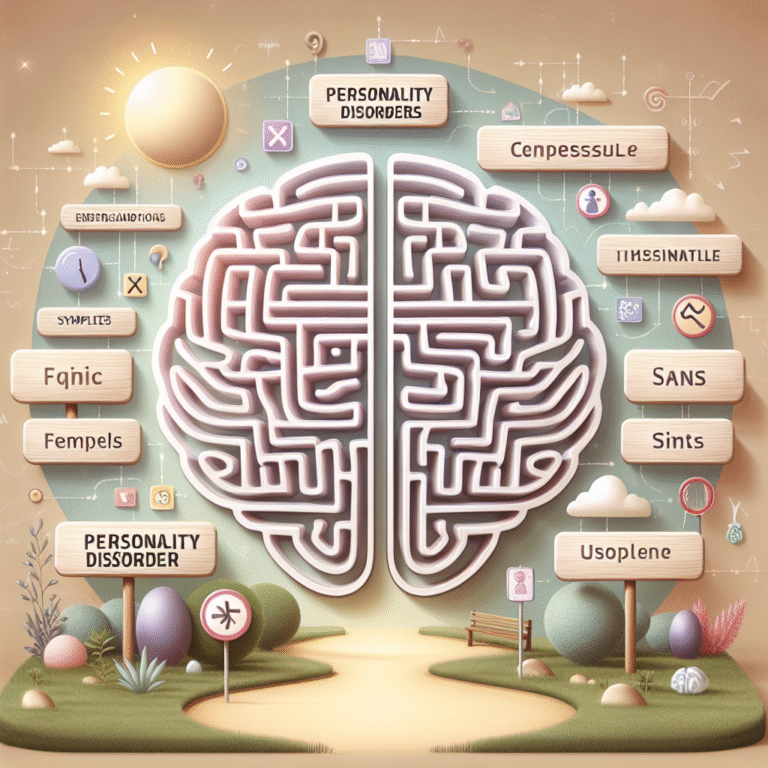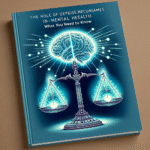From Chaos to Calm: Proven Ways to Handle Work Stress
Introduction
In today’s fast-paced work environment, stress has become an uninvited colleague for many professionals. From crushing deadlines to demanding bosses, juggling multiple tasks, and the constant pressure to perform, it’s no wonder that work-related stress is reaching alarming levels. According to the World Health Organization, stress costs businesses an estimated $300 billion yearly in lost productivity in the United States alone. This statistic underlines not just the relevance, but also the urgency of addressing workplace stress.
But what if we told you that transforming your experience from chaos to calm is entirely possible? In this article, we will delve into effective and practical strategies to manage work stress. Embracing these strategies can pave the way for a more fulfilling and harmonious professional life.
Understanding the Nature of Work Stress
What is Work Stress?
Work stress refers to the emotional and physical response that occurs when the demands of a job exceed an individual’s ability to cope. It manifests in various ways including anxiety, irritability, fatigue, and in severe cases, burnout.
Signs and Symptoms of Work Stress
Recognizing the signs of stress is the first step toward addressing it. Common symptoms include:
| Physical Symptoms | Emotional Symptoms | Behavioral Symptoms |
|---|---|---|
| Headaches | Anxiety | Withdrawal from colleagues |
| Fatigue | Irritability | Changes in sleep patterns |
| Muscle tension | Mood swings | Decreased productivity |
| Digestive issues | Feelings of helplessness | Increased absenteeism |
Embracing Mindfulness and Meditation
The Power of Mindfulness
One effective way to transition from chaos to calm is through mindfulness. Mindfulness involves being present in the moment and fully engaging with your current activities. By practicing mindfulness, you can redirect your focus away from stressful thoughts.
Case Study: The Google Experience
Google is renowned for promoting mindfulness among its employees. The company offers various mindfulness training programs, which include meditation sessions during work hours. A notable outcome of this initiative was that employees reported a significant increase in their overall happiness and productivity levels.
Practical Ways to Implement Mindfulness
- Mindful Breathing: Taking five deep breaths can reset your emotions, helping you regain control.
- Meditation: Spend five to ten minutes each day to meditate, focusing purely on your breath. Apps like Headspace or Calm can guide you through this practice.
- Mindful Eating: Use your lunch break to savor your food without distractions. This can enhance your enjoyment and reduce stress.
Time Management Techniques
The Importance of Prioritization
Effective time management is another tool for transitioning from chaos to calm. By prioritizing tasks, you can focus on what truly matters and reduce feelings of overwhelm.
Case Study: The Eisenhower Matrix
The Eisenhower Matrix is a time management strategy that uses a simple four-quadrant grid to help prioritize tasks:
| Urgent | Not Urgent | |
|---|---|---|
| Important | Quadrant I: Do it now | Quadrant II: Schedule it |
| Not Important | Quadrant III: Delegate it | Quadrant IV: Eliminate it |
Using this matrix can lead to better decision-making, allowing employees to allocate their time effectively.
Techniques for Better Time Management
- Set SMART Goals: Goals should be Specific, Measurable, Achievable, Relevant, and Time-bound.
- Break Tasks into Milestones: Instead of working on large projects all at once, break them down into manageable parts.
- Utilize Technology: Tools like Trello or Asana can help organize tasks and deadlines.
Creating a Supportive Work Environment
The Role of Workplace Culture
A supportive workplace culture can significantly mitigate stress levels. When employees feel valued and supported, their ability to handle challenges improves.
Case Study: Zappos’ Culture of Support
Zappos, known for its exceptional customer service and employee satisfaction, implements a culture centered around support and collaboration. Employees are encouraged to communicate openly, leading to lower stress levels and higher job satisfaction.
Steps to Foster a Supportive Environment
- Encourage Open Communication: Establish regular check-ins to discuss workloads and challenges.
- Promote Team Collaboration: Facilitate team-building activities to foster relationships among colleagues.
- Recognition Programs: Celebrate small wins and recognize employee contributions to foster a positive atmosphere.
Physical Health and Well-being
The Connection Between Health and Stress
Physical health directly impacts mental well-being. Regular exercise, a balanced diet, and adequate sleep are fundamental for reducing stress.
Case Study: The Office Wellness Program
Many companies, such as Nike, have implemented wellness programs that encourage physical activity among employees. These programs often include gym memberships, fitness classes, and even onsite health screenings. Results show a significant reduction in stress and an increase in overall productivity.
Strategies for Enhancing Physical Well-being
- Incorporate Regular Exercise: Aim for at least 30 minutes of physical activity most days.
- Prioritize Healthy Eating: Prepare healthy snacks and meals, reducing reliance on fast food during busy days.
- Establish Sleep Routines: Aim for 7-9 hours of quality sleep per night to improve resilience against stress.
Mindset Shifts
The Impact of Positive Thinking
Shifting your mindset can transform your approach to work stress. Cultivating a positive attitude helps you reframe challenges as opportunities for growth.
Case Study: The Power of Positive Psychology
Companies like BMW have adopted principles of positive psychology to enhance workplace wellness. By training employees to focus on positive experiences and strengths rather than weaknesses, they have reported lower stress levels and increased engagement.
Techniques for Fostering Positive Thinking
- Gratitude Journals: Dedicate time to note things you are thankful for, which can help shift your focus.
- Positive Self-talk: Challenge negative thoughts and replace them with constructive affirmations.
- Visualization: Spend a few minutes visualizing success in your tasks to bolster confidence and reduce anxiety.
Conclusion
Transitioning from chaos to calm is not only possible—it’s essential for long-term success and well-being in the workplace. By implementing effective strategies such as mindfulness, time management, fostering supportive environments, prioritizing physical health, and embracing positive thinking, you can conquer work-related stress.
The journey may require conscious effort and patience, but the rewards are invaluable. A calmer work life leads not only to improved performance but also greater satisfaction and healthier relationships on both professional and personal levels.
FAQs
1. How can I identify if I’m experiencing work-related stress?
You can identify work-related stress by paying attention to symptoms such as fatigue, irritability, decreased performance, and physical ailments like headaches.
2. Are there quick techniques to alleviate stress at work?
Yes! Quick techniques include deep breathing exercises, taking short breaks, and practicing mindfulness through meditation or conscious breathing.
3. Can changing my work environment really reduce stress?
Absolutely! A supportive work environment with open communication and collaboration can significantly reduce stress levels and improve overall job satisfaction.
4. How long does it take to see improvements when using stress-relief techniques?
The time it takes to see improvements can vary. However, many individuals notice positive changes within a few weeks of consistently applying stress-relief techniques.
5. Is it necessary to seek professional help for work stress?
If your stress is overwhelming or persistent, seeking professional help from a therapist or counselor can be beneficial. They can provide tailored strategies and support to help you manage stress effectively.
By understanding that stress is a common challenge and implementing the strategies outlined above, you can take significant steps towards making your workplace a sanctuary of calm rather than chaos. Embrace these insights and let your journey towards tranquility begin!


















